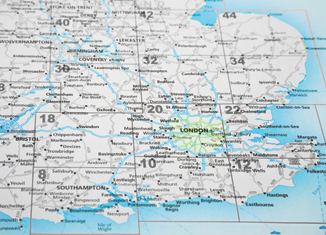A new buy-to-let property investor seeking to build up a portfolio of residential letting properties faces many challenges from the UK tax system. Over the last few years, the Government has introduced a number of additional charges within the property tax regime, and there is no doubt that new investors are entering a much harsher environment than their predecessors.
However, the new investor has one clear advantage over the established investor: they are able to plan their business to fit around the current tax regime rather than having to adapt to the changes with an existing portfolio held in a way that may no longer be tax efficient and which is encumbered by finance arrangements that may be difficult, or expensive, to change.
Stamp Duty Land Tax (‘SDLT’)
The first problem the new investor meets is the excessively high rates of SDLT payable on most residential property purchases. Since 2016, an additional 3% is charged on all residential property purchased by a company or by any individual who already has an interest in another residential property anywhere in the world. There are a few, very limited exemptions but these will seldom be of any benefit to buy-to-let investors. Where a property is bought by two or more joint owners, the additional charge applies if any of them hold another residential property, and spouses’ interests are also taken into account (for example, if a husband purchases a buy-to-let and his wife already owns their home, the higher charge will apply).
Combining the higher charge with the ‘normal’ SDLT rates, gives the following charges for the majority of buy-to-let purchases:
Purchase Price SDLT
£100,000 £3,000
£150,000 £5,000
£200,000 £7,500
£250,000 £10,000
£300,000 £14,000
New investors need to factor these charges into their planning. For, example, if you need a 30% deposit for a £200,000 property purchase then, taking SDLT into account, you will actually need to find £67,500 rather than £60,000 (probably more like £70,000 once you take other purchase costs into account).




















